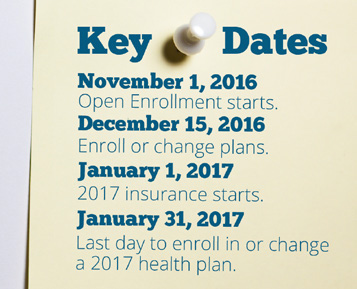BY BIJANA KADAKIA, ND, TRUE HEALTH MEDICINE PC
Since December 21, our days are getting longer. Though it may be imperceptible, the seasonal shift towards spring has started. We’ve still got several months of cold wintery weather remaining though, including shorter days and overcast skies. As Vitamin D production requires sunlight, these conditions can contribute to deficiency. Low Vitamin D levels are associated with a host of health problems including: bone malformation in children and fracture in children or adults, osteoporosis, muscle weakness, inflammation, poor immune system function, autoimmune disease, elevated blood sugar (including both Type 1 and Type 2 diabetes), elevated blood pressure, cognitive impairment (brain fog, difficulty thinking), Alzheimer’s disease, asthma, fibromyalgia, progression in multiple sclerosis, Crohn’s disease, depressed mood, mental illness, cancer and risk of death from cardiovascular disease.
Vitamin D is obtainable in small amounts in a few foods such as fatty fish and egg yolks, but most Vitamin D in the American diet is obtained in fortified foods and supplements. How do you know if you need Vitamin D? And if you need Vitamin D, how much should you be taking?
The answer to the first question is easily addressed by a standard blood test. The range of normal is 30-100 ng/dl, but a suggested optimal range is 40-60. When addressing some conditions, your doctor may recommend even higher levels, but too much Vitamin D can also be a problem, so it’s important not to go above the normal range. If you have low or low normal Vitamin D, your physician is likely to recommend supplementation.
To the question of how much Vitamin D, this answer is a bit more complicated. The RDA for Vitamin D as established in 1941 was 400IU and not much changed until 50 years later when a new recommendation was set at 600 IU for adults and children older than 1 year. In a study of more than 6,000 participants, though, this value was insufficient to achieve Vitamin D levels in the optimal range. It actually took 1,300 IU for just 50% of participants to reach a threshold level of 40 ng/dl. That dosing still leaves 50% of the people without sufficient Vitamin D levels. Higher dosing resulted in more participants achieving the optimal range. At a dose of 5,000 IU/day, 83% of participants achieved a blood level of 40 ng/dl or higher and some participants required dosing as high as 10,000 IU. This still doesn’t tell us how much YOU need.
My recommendation for establishing an ideal dose for an individual is testing – treatment – testing. Test and establish a baseline blood level, treat with a moderate dose, retest and adjust dosing as needed.
And what about in the summer? A lot of my patients tell me they go off their Vitamin D in the summer because they correctly understand that the risk of Vitamin D deficiency may be less in summer. In fact, the risk can be up to 70% less, but this depends on location or latitude, time spent outdoors, actual sun exposure, individual needs and personal factors like age, skin color and body mass. Because of this wide variability, monitoring Vitamin D levels twice yearly is recommended to account for seasonal variations. Testing at the end of summer and end of winter provides a baseline level to establish dosing for the coming season and allows evaluation of the prior season’s dosing schedule. For example, if your level is a little high at the end of the summer, you will know to use a lower dosage the following summer.
Vitamin D monitoring can easily be included in your routine healthcare and the health implications are wide reaching and profound. At True Health Medicine, we delve deeply into the health impacts of foods, individual nutrients and supplements to provide you with high quality health information and relevant individual guidelines.

Bijana Devo Kadakia is a naturopathic physician and licensed acupuncturist with True Health Medicine, PC, a group practice of naturopathic physicians and acupuncturists. The clinic is located at 8555 SW Tualatin Road, Tualatin, OR. 503-691-0901.



















